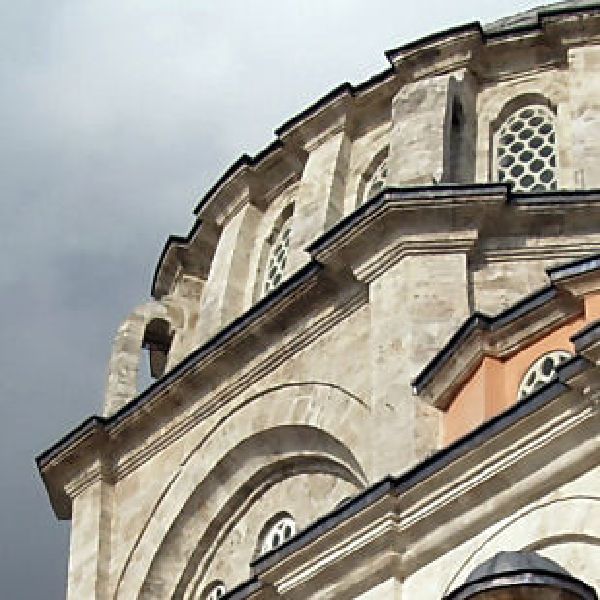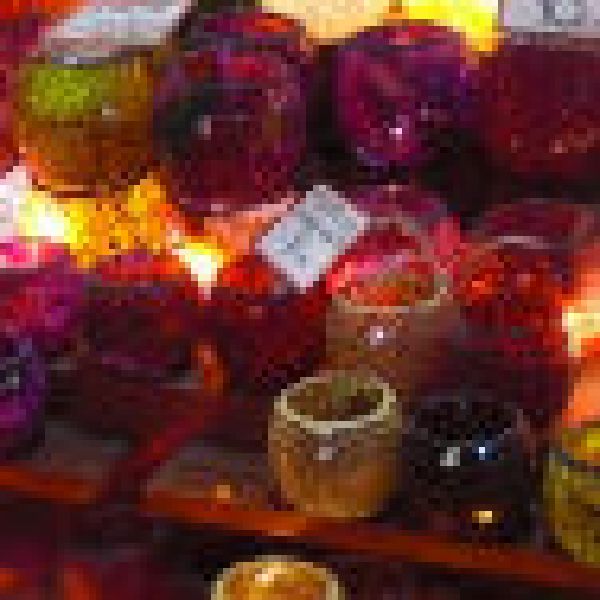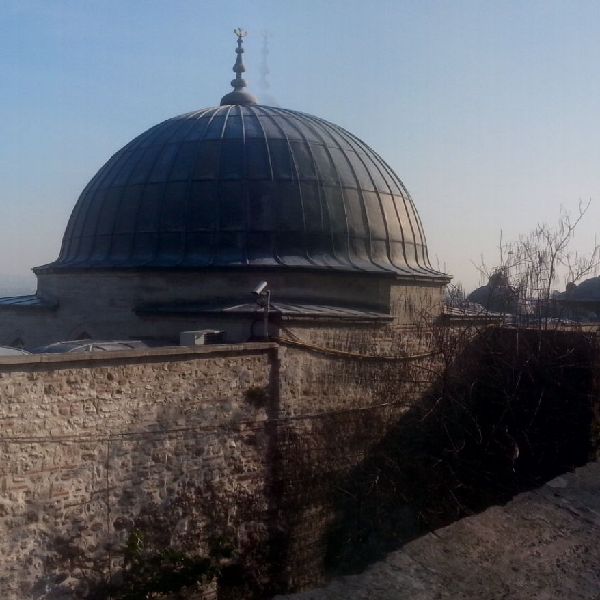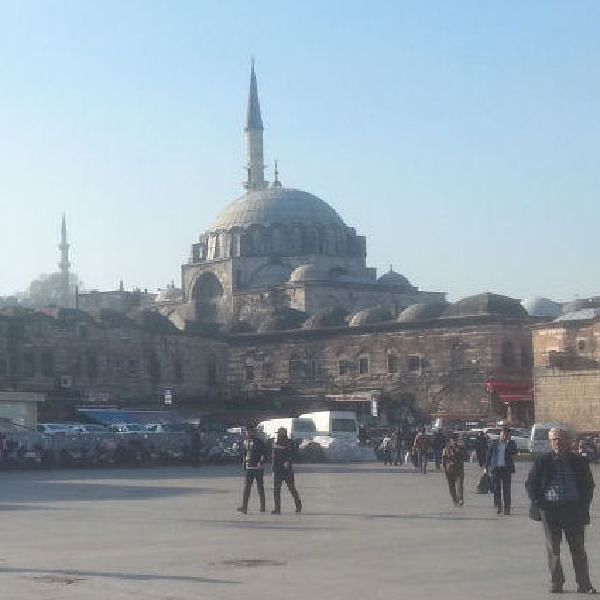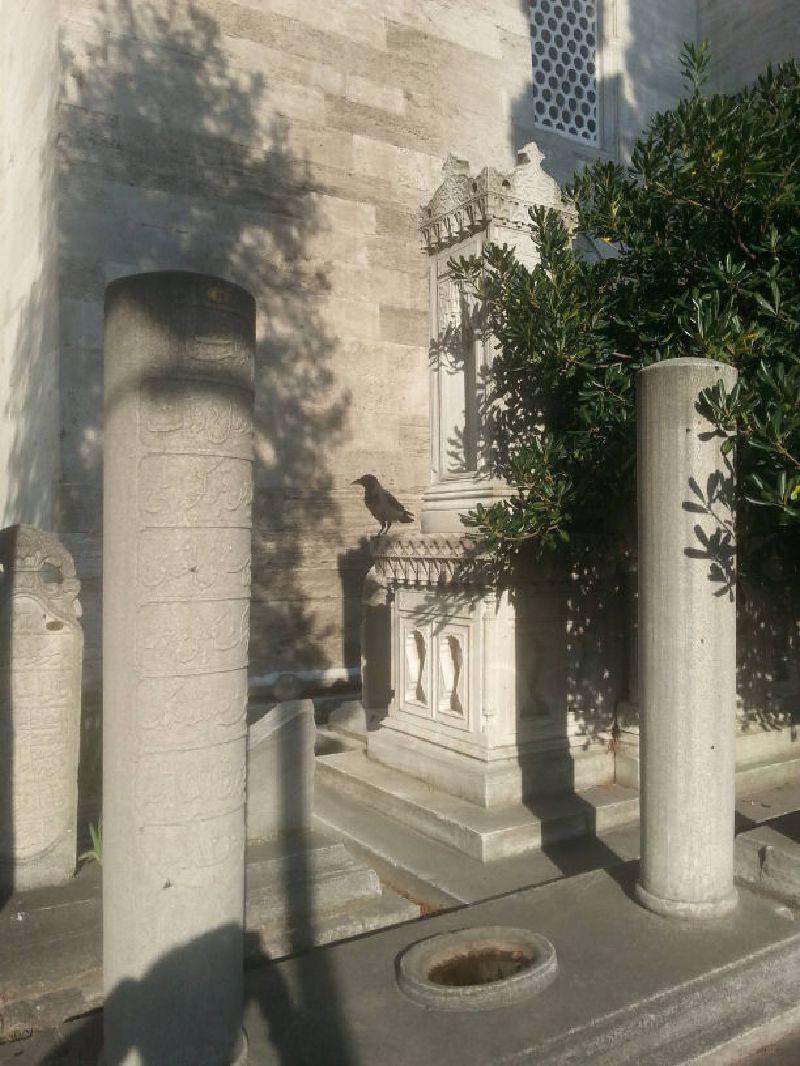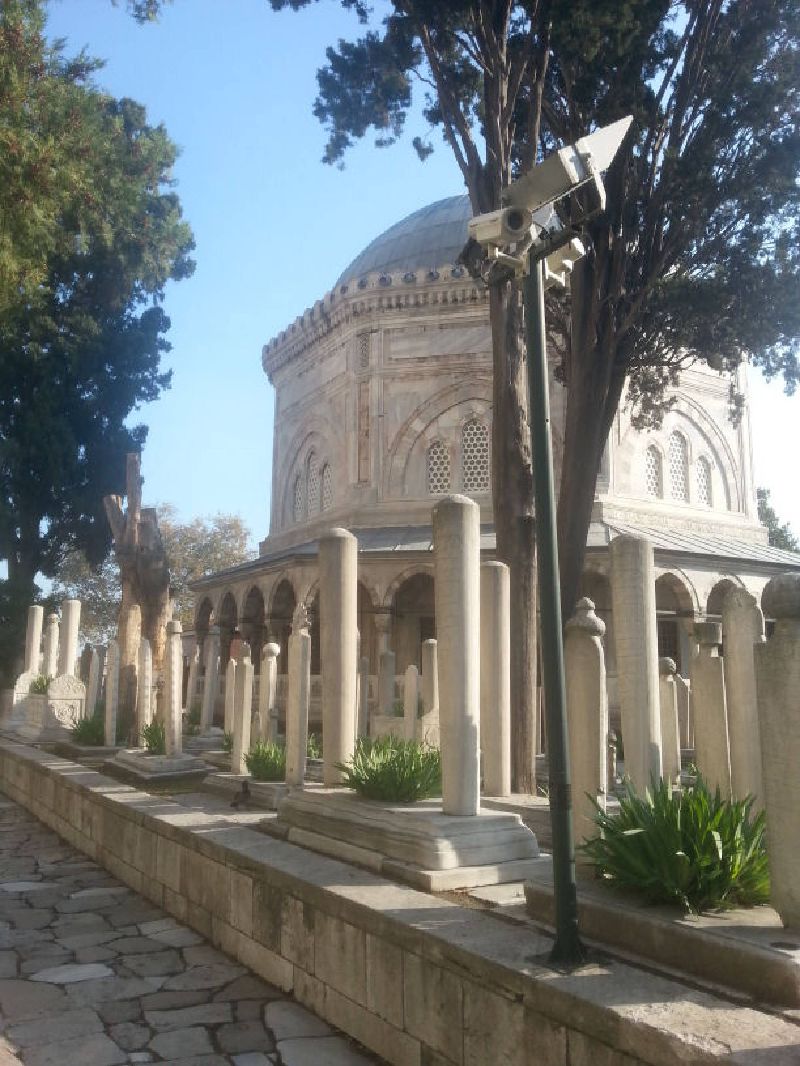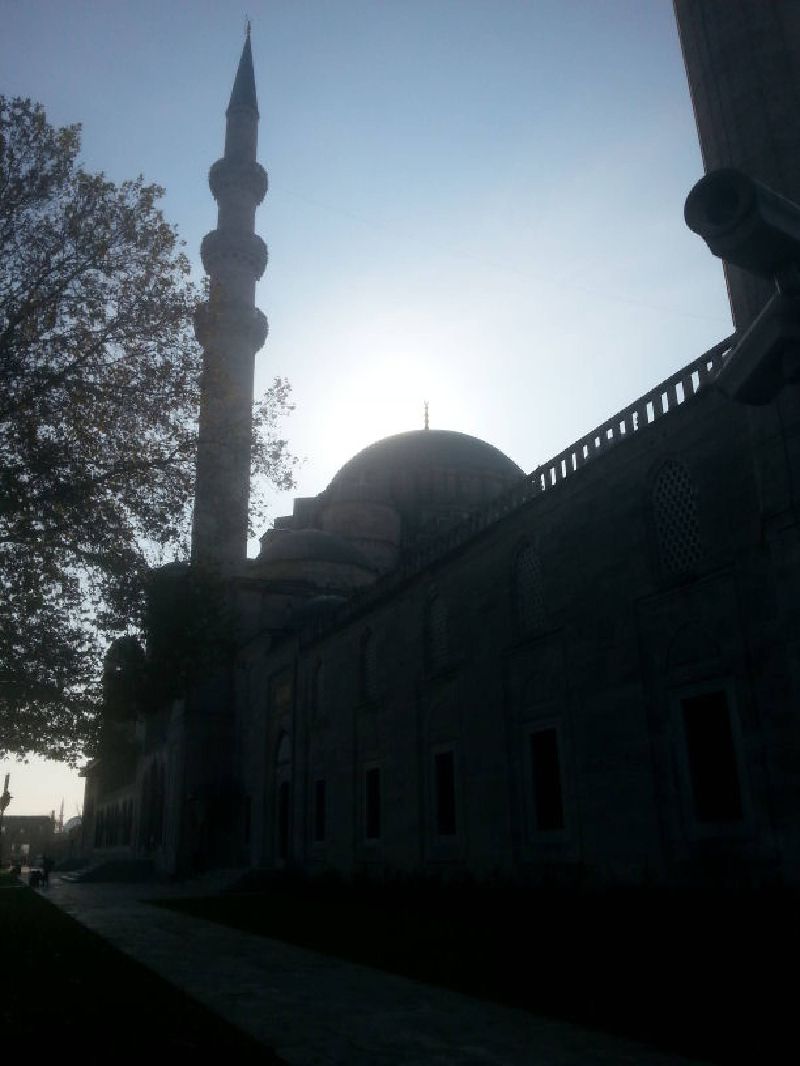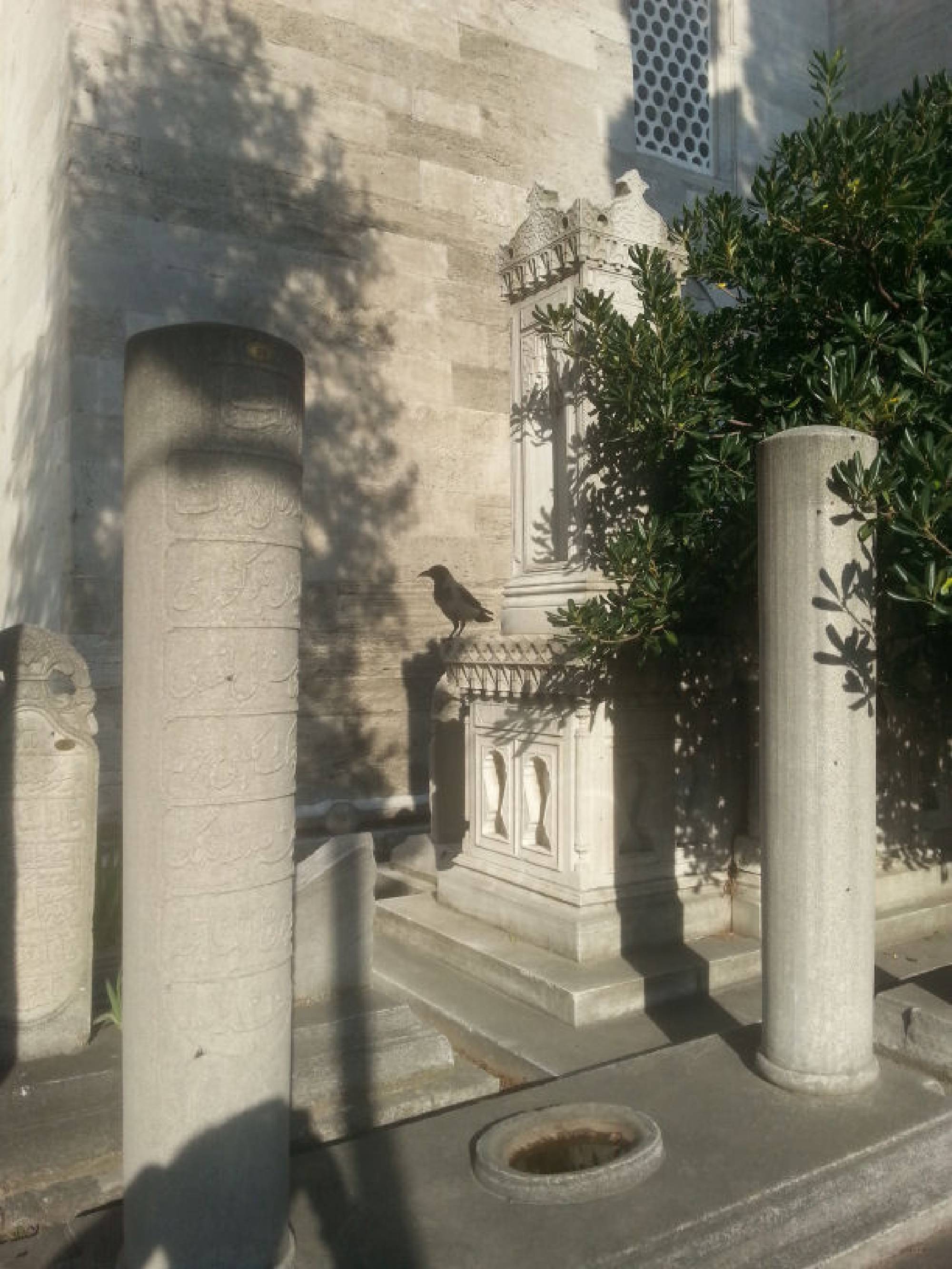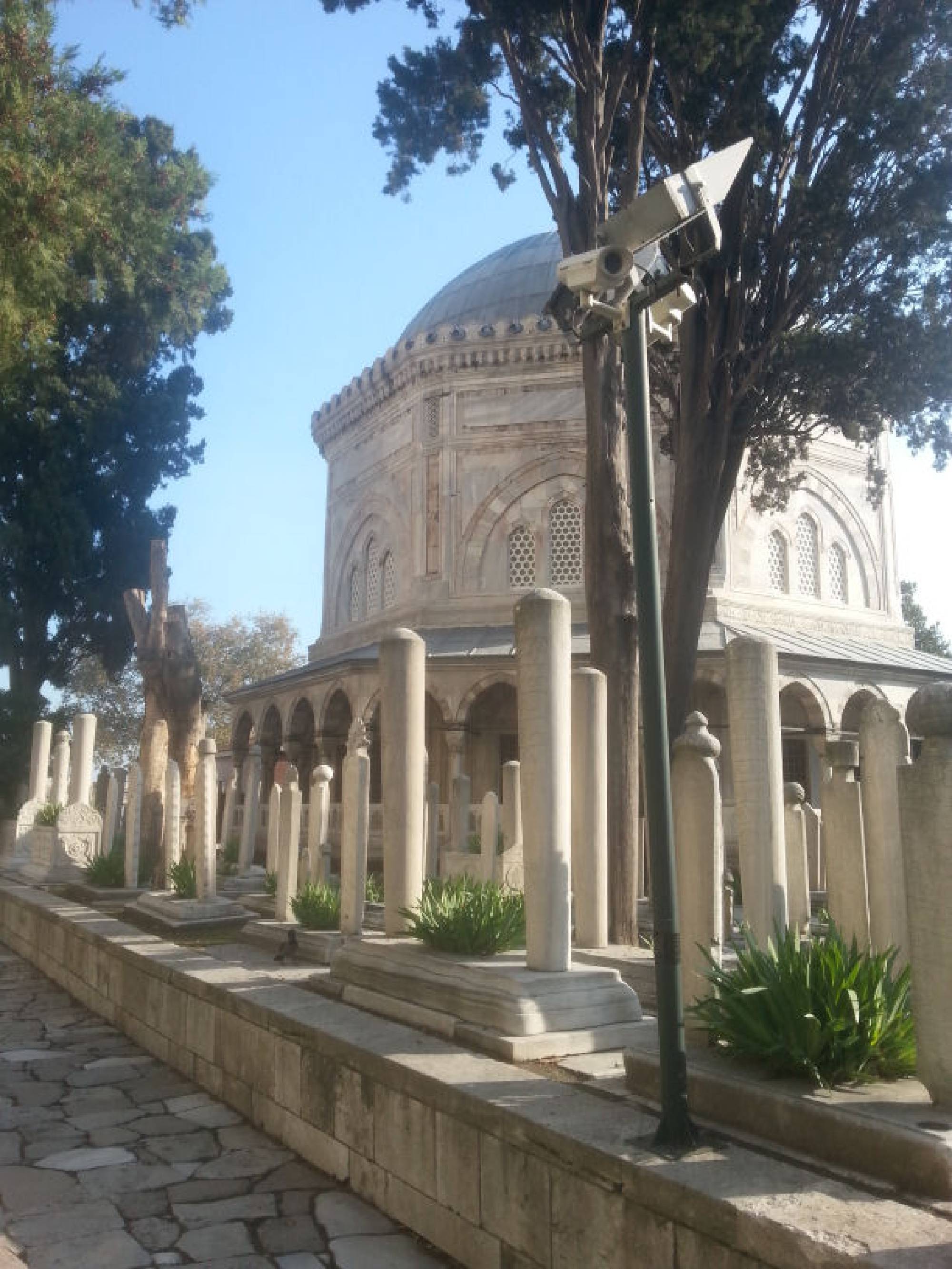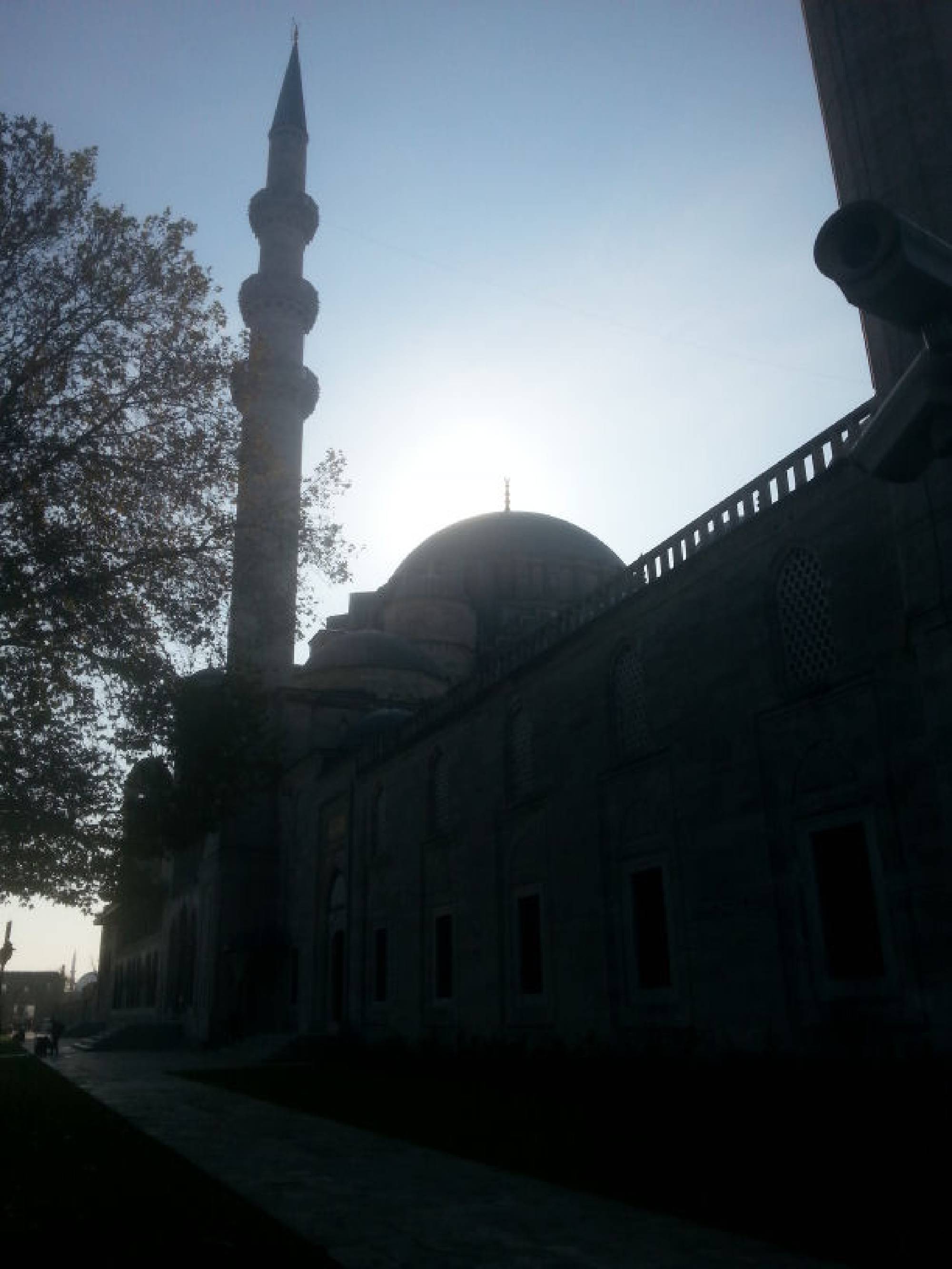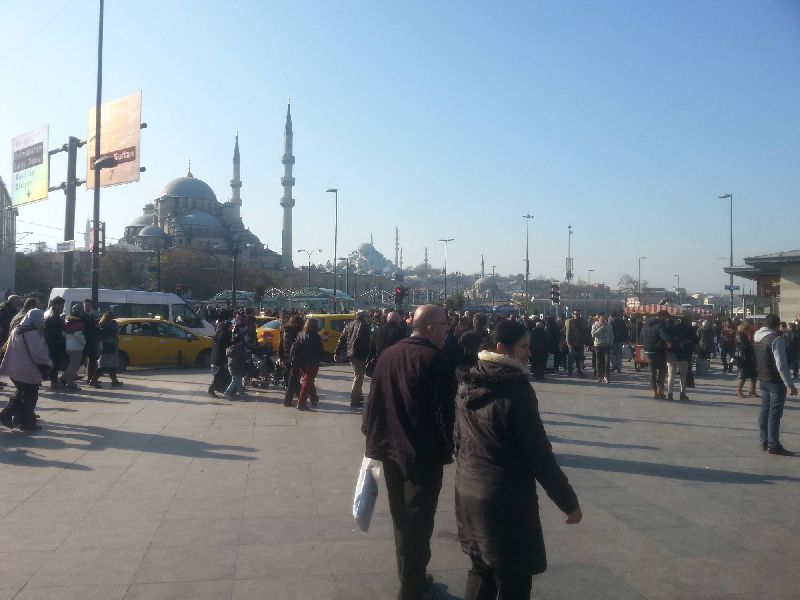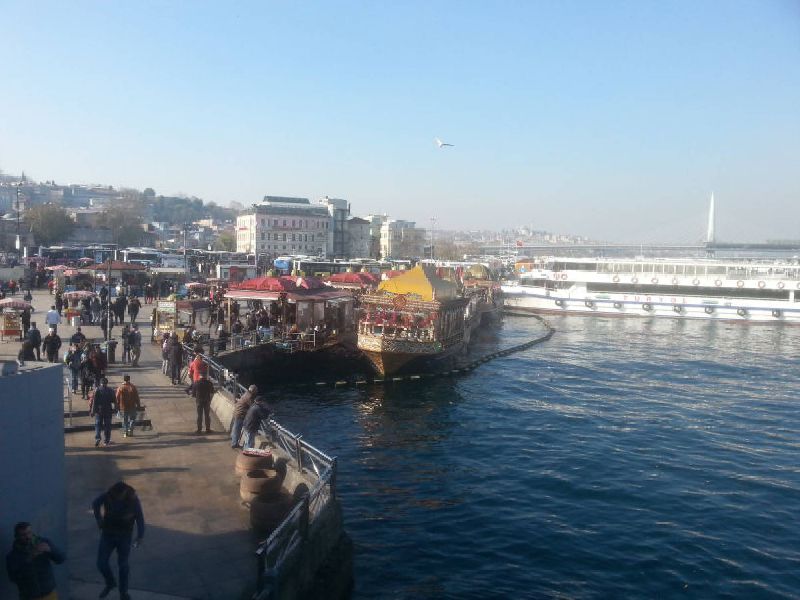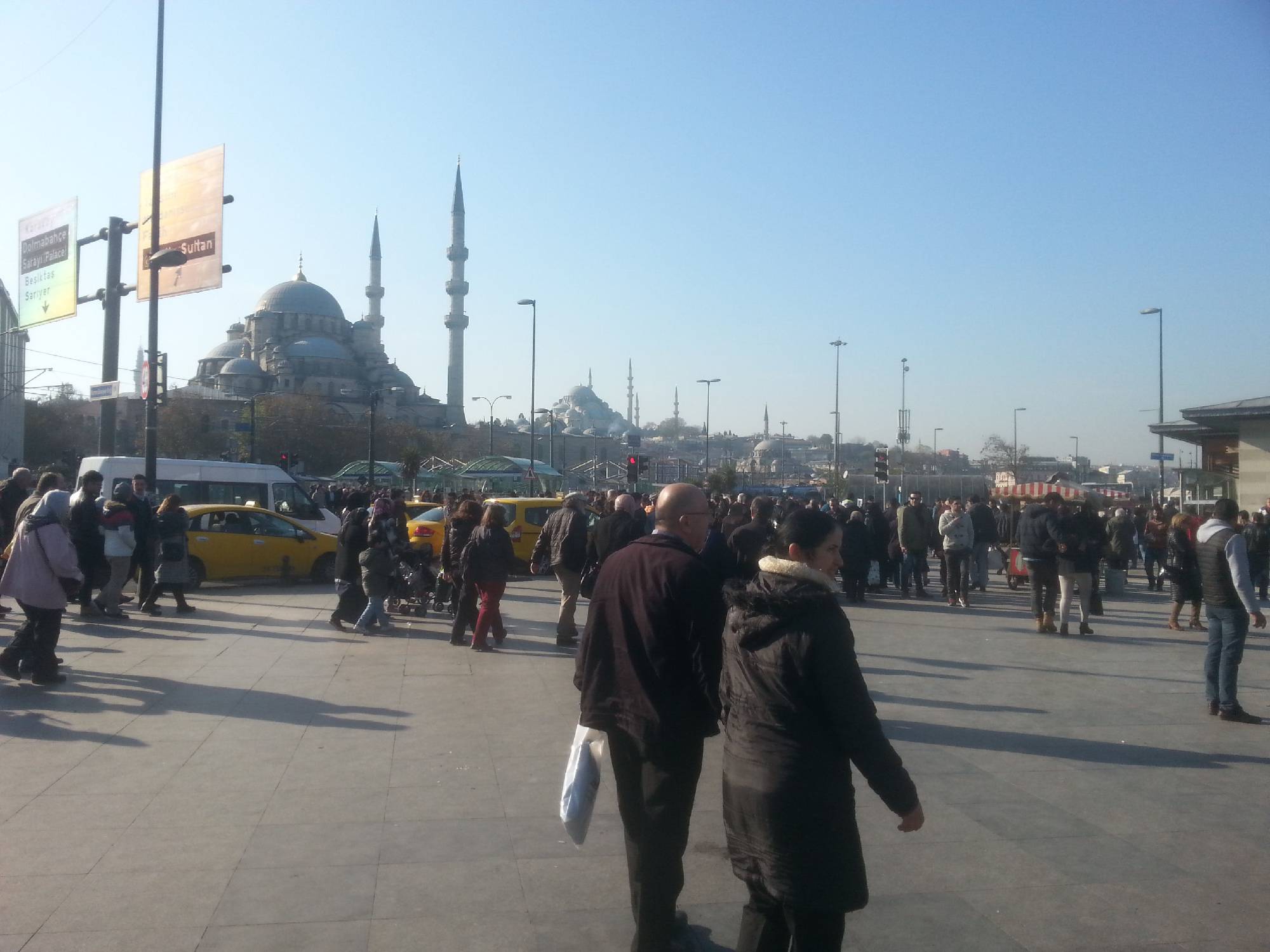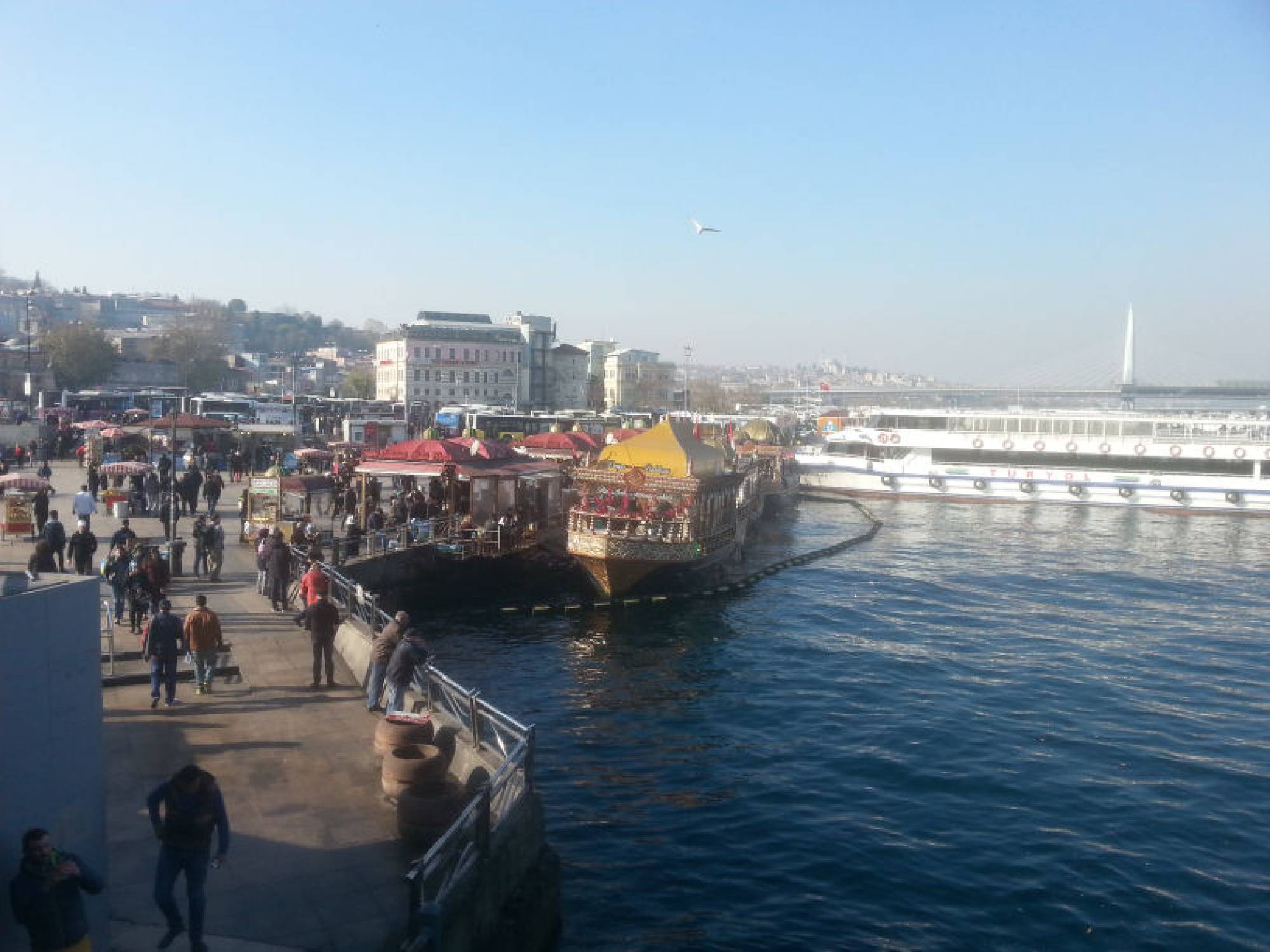Back out to Cemberlitas. The Burnt Column. Built by Constantine and allegedly housing relics in its base, the column was blackened by a fire in Ottoman times. This marked the start of Roman Constantinople. From here onwards, the great Roman road led east into the heart of the Imperial city. Now it marks the best entrance to the Grand Bazaar. It leads past mosques and mausoleums to the Nuruosmaniye Gate. Pass this and you are in another world.
Like I said, I am ambivalent about the Grand Bazaar. It was enough for me to stick my head in for ten minutes. Streets and streets of shops selling exactly the same thing. Painted bowls, glass mosaic lamps, spices and leather. There is the occasional merchant selling something unusual but most of it is the same stuff over and over. Which is also for sale elsewhere in Sultanahmet, in the Arasta Bazaar, in the streets behind the Blue Mosque, in the airport tourist shops. It's nothing you will not see anywhere else. If you want to buy, great. If you don't, not so great.
But I like seeing how places like this work. I don't really care about what's on sale. I like watching the little guys running round with trays of tea for the merchants. How does the guy keep track of who drinks how much tea? Is it free? The whole place is a small town, self-contained and insulated from the rest of the world. There are traditions amongst the merchants that you get little glimpses of if you take your eyes away from the junk for sale. All the support workers, the people sweeping the floors, all the people who keep the place running. It's own little mosque so the merchants can meet their religious obligations. That is what fascinates me. The mechanisms and that whole world behind the shop window. The hans where stuff is made.
Istanbul is a city that teaches you to be rude. Every merchant looks for that moment of weakness. Eye contact or lingering to look at something. They are ferocious and relentless. You absolutely cannot stop moving in Istanbul and especially in the bazaars. Don't meet their smiles, don't respond to their greetings. To a westerner, that is not easy. But after a day or two, you stop caring about being rude because otherwise you never get anywhere.
Maybe that is why I didn't look in the windows. I liked looking up. The roofs are interesting. Ottoman eagles. Signs you didn't notice. Stairs that lead to places you do not get to know about. There are colonnaded squares where you can escape. Cafes. The marble paving is treacherous and the place is a labyrinth. Do not go to the Grand Bazaar and waste time looking in shop windows. It is the stuff all around that is fascinating.
I escaped. Back out what I thought was the gate I came in but I was in a different place. Back streets. Each street sold something different. One was pots and pans. Round the corner was a street entirely of shops selling very functional women's underwear. Steep hills. The sky a distant slice of blue as buildings crowd in on you. Climb another hill and I was back at the Grand Bazaar.
Turn around.
A shortcut down an alleyway and now I was in a crumbling courtyard. The walls were a series of stone arches like cells in a beehive. Overgrown with bushes and the crunch of broken glass underfoot. This was a han, one of the old centres of commerce where horses and mules were parked, where craftsmen worked, where merchants counted their coins and made trades. Today hipsters would call this a "hub" like they invented something new. In the east, this was daily life for centuries.
Climb another hill, another cobbled alley. Pass a gate and think that I've ended up back in the Grand Bazaar again. I was getting tired when it opened out on to a plateau topped with what I think is the most beautiful building in Istanbul..
